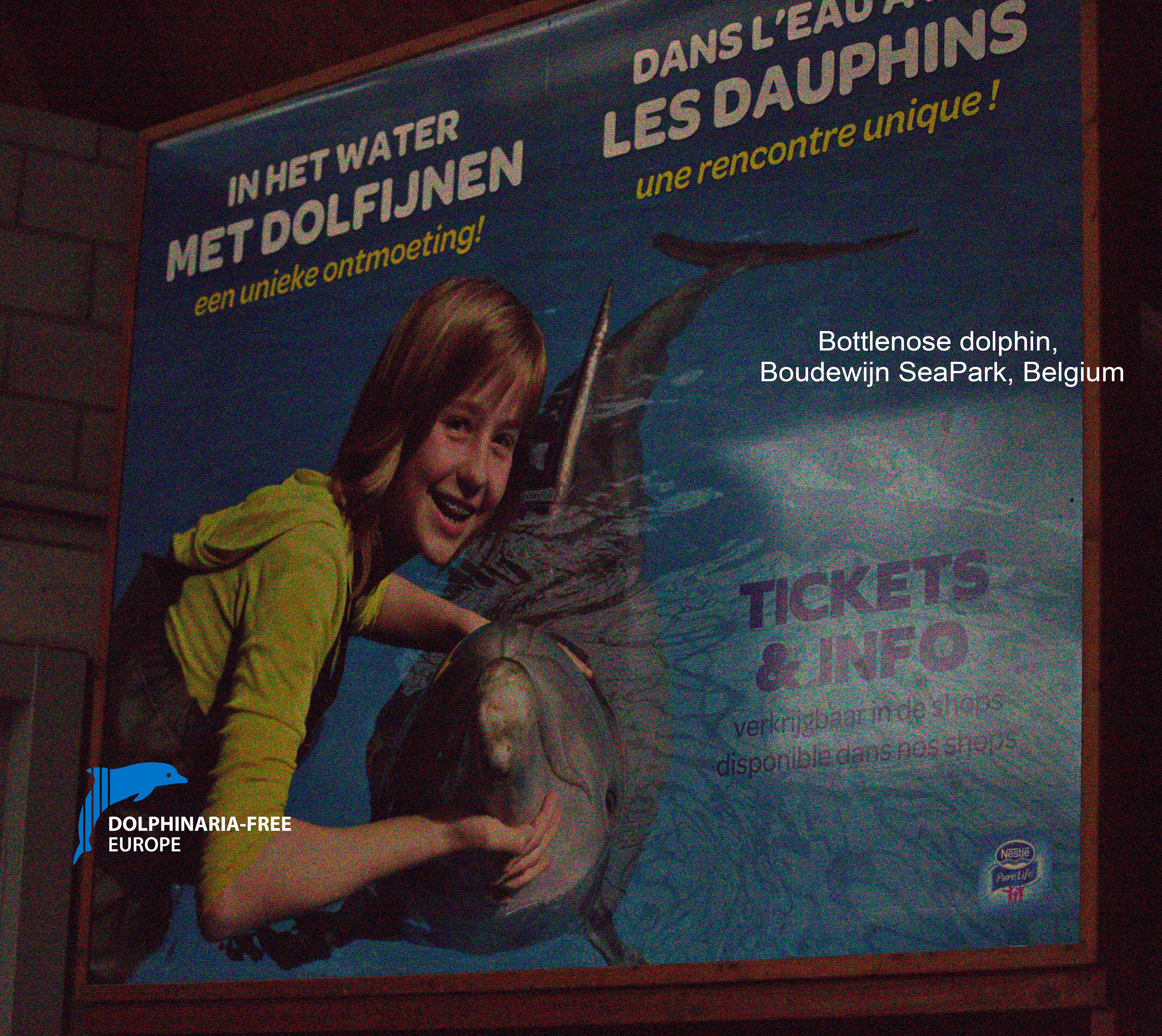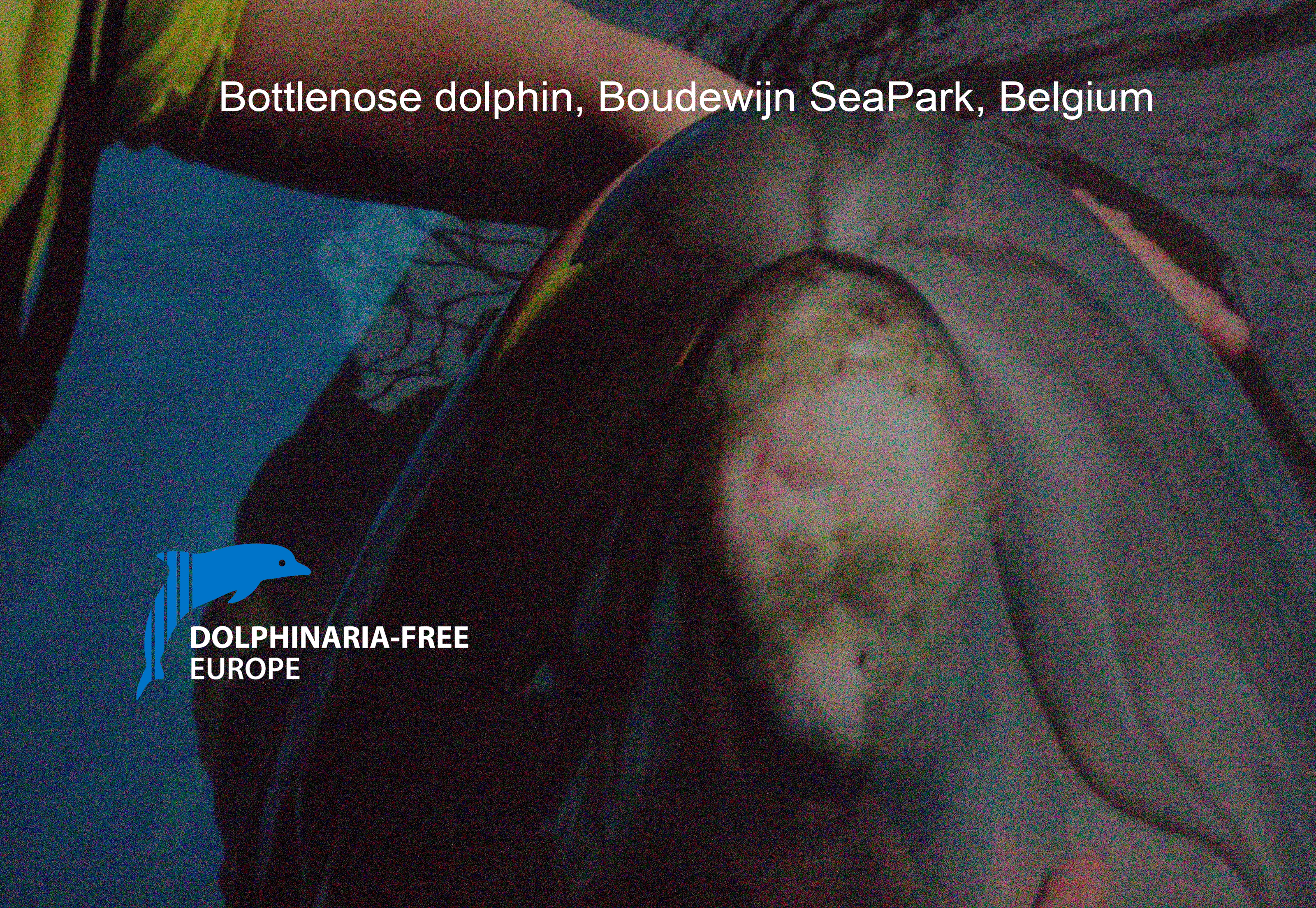One of the main concerns about the keeping of cetaceans in captivity, is the poor conditions they care kept in, which result in compromised lives for these animals. A compromised life means poor welfare. It is as simple as that.
Captive cetaceans suffer in a great many ways, some of which are obvious (such as damaged teeth, or stereotypies – abnormal repetitive behaviours) and some of which are less visible to the untrained observer, but still a major concern (such as increased stress or abnormal social structures).
Captive cetaceans are typically involved in at least one of the many money-making schemes the industry has, such as entertainment ‘shows’, ‘trainer-for-a-day’ or ‘swim-with’ programs, ‘dolphin-assisted therapy’ (DAT), as well as the option to ‘have your photo taken with a dolphin’ type of business.
Dolphinaria-Free Europe have produced the Captive Cetacean Welfare Factsheet (2015) to help you better understand the issues faced by whales, dolphins and porpoises kept in facilities.
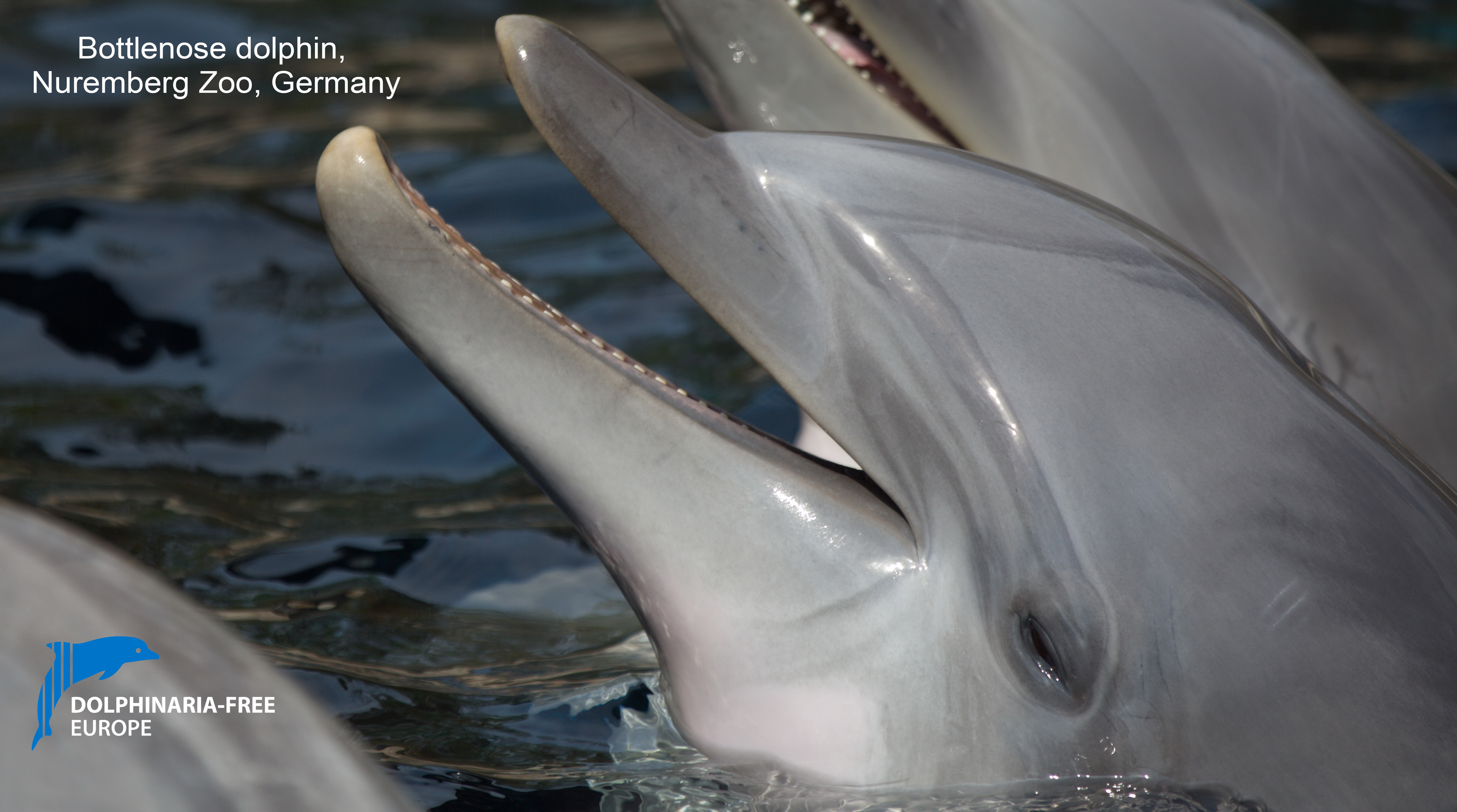
One of our members discusses captive cetacean welfare, by focusing on the Five Freedoms & Five Domains.
Another has an informative section about DAT and the impact that Dolphin Assisted Therapy has on the dolphins.
However, we encourage you to do your own research and this is possible without even leaving home; many facilities have photographs on their websites which show obvious examples of compromised welfare, such as self-harming wounds, collapsed dorsal fins and tiny tanks.
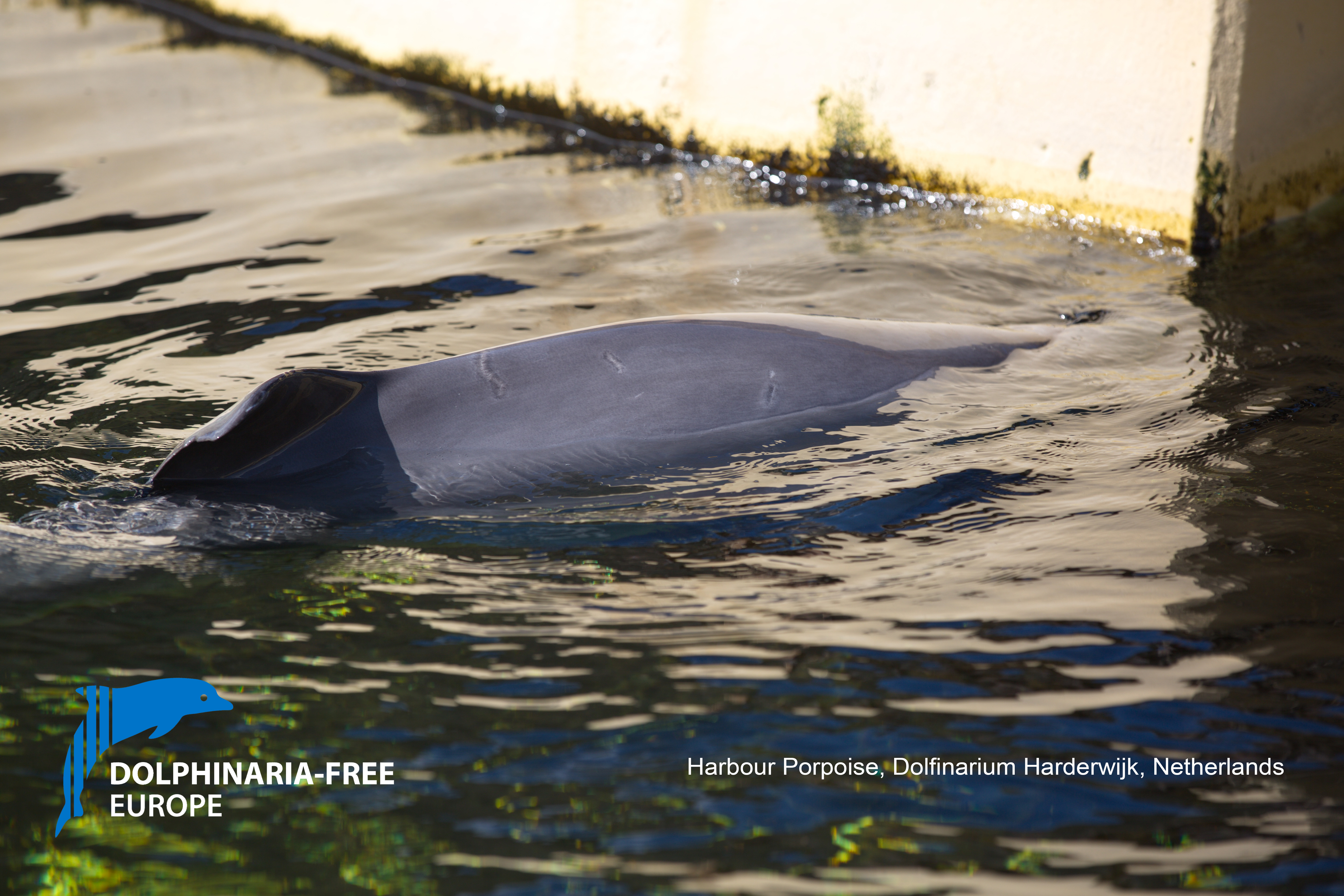
Within the facilities they use more images which clearly show cetaceans with wounds, scars and damage from welfare concerns. Below is just one example;
